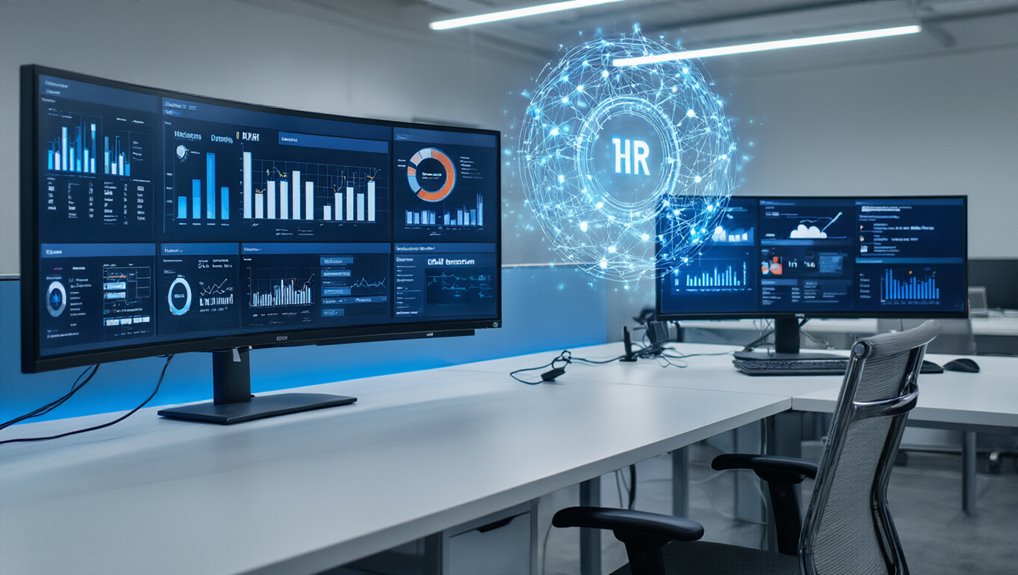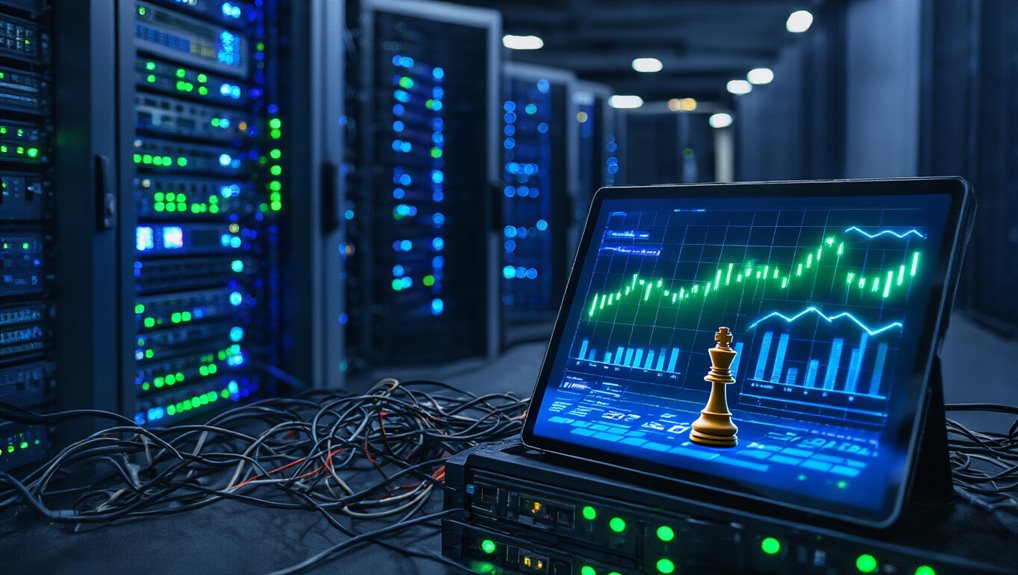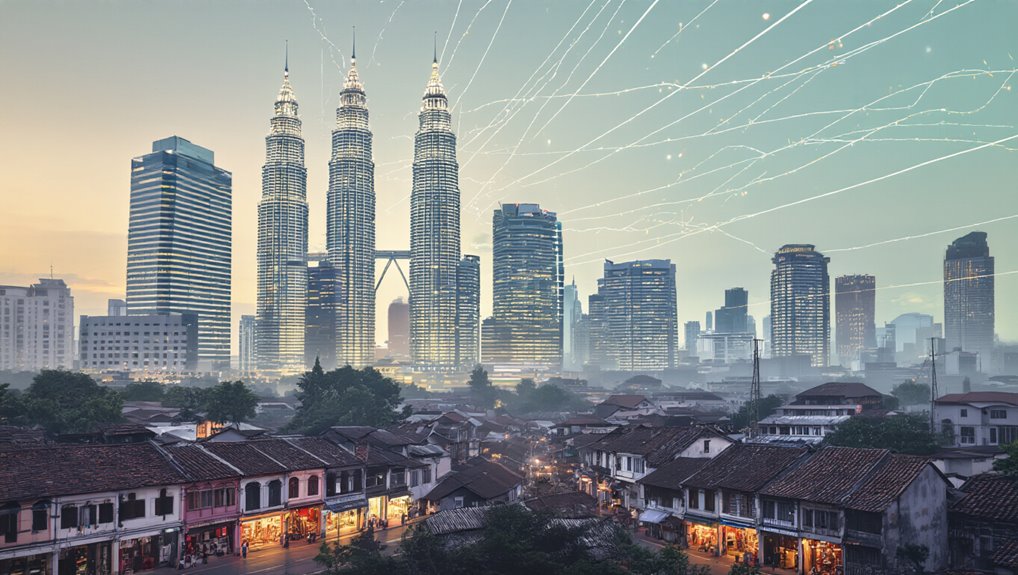Human resources departments are spearheading unprecedented digital transformation across organizations in 2025. As administrative tasks consume nearly 50% of HR leaders’ time, automation technologies have emerged as essential tools for reclaiming valuable hours. Organizations implementing AI-powered systems report 30% reductions in administrative costs for HR professionals and 49% savings for employers overall.
The transformation extends beyond cost savings. HR professionals now delegate routine responsibilities to automation tools like ChatGPT, which efficiently handle everything from crafting job descriptions to supporting employee onboarding processes. This technological shift allows HR teams to redirect their focus toward strategic initiatives and long-term organizational goals that drive business value. Advanced HR analytics provide actionable insights for developing effective talent strategies that align with business objectives.
Automation tools liberate HR professionals from mundane tasks, enabling them to focus on strategic initiatives that truly drive organizational value.
The priorities have clearly shifted from recruitment to employee engagement and development. With employee experience directly affecting 42% of turnover intentions, HR departments now leverage advanced analytics to monitor satisfaction metrics and predict potential attrition before it occurs. Leadership development programs receive increased investment as organizations recognize their critical role in maintaining workforce morale and retention. Implementing centralized service catalogs across departments has streamlined how employees access HR services and information.
Data-driven decision-making forms the cornerstone of modern HR operations. Key metrics tracked include:
- Employee satisfaction scores
- Automation adoption rates
- Predictive turnover indicators
- Workforce productivity measurements
The integration of cloud-based Human Capital Management systems creates cohesive digital ecosystems that replace fragmented legacy processes. These platforms improve accessibility while reducing administrative burdens across the organization.
Interestingly, employees utilize AI tools more extensively than leadership estimates, creating an imperative for HR—not IT—to guide workplace AI integration. This positions HR as the natural leader in digital transformation efforts, as they uniquely understand both technology implications and human needs within the organization.
The most successful HR departments maintain a human-centric approach alongside technological advancement. By balancing digital efficiency with personal connection, organizations create environments where employees feel both engaged and valued. The global shift to hybrid work models has intensified the need for HR to deploy digital connection tools that help remote employees feel connected to their colleagues. This strategic combination of human insight and technological capability positions HR as the true driver of workplace digital revolution.









